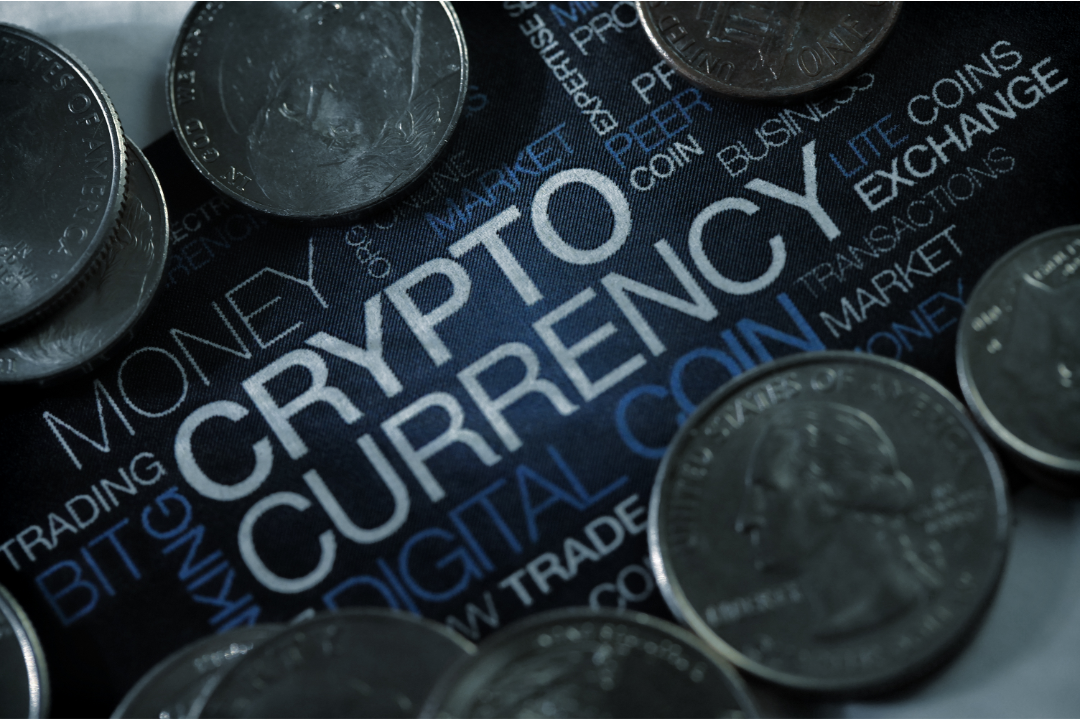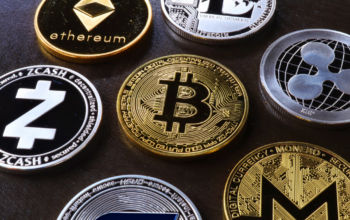Cryptocurrencies have become increasingly popular over the past few years, leading to a surge in the demand for wallets that can securely store digital assets. Among the various crypto wallets available, non-custodial wallets have emerged as a popular choice among users. In this comprehensive guide, we will explore the world of non-custodial wallets, why they are gaining popularity, and how to use them for storing your digital assets.
Understanding Non-Custodial Wallets
What Are Non-Custodial Wallets?
non custodial wallet, also known as decentralized wallets, are digital wallets that allow you to hold your own private keys. These private keys are used to sign transactions and prove ownership of the crypto assets held in the wallet. In simple terms, a non-custodial wallet gives the user complete control over their digital assets, eliminating the need for a third party such as a bank or exchange.
Non-custodial wallets have become increasingly popular in recent years due to the growing interest in cryptocurrencies and the need for secure and private storage solutions. With a non-custodial wallet, users can store their digital assets without having to worry about the security risks associated with centralized exchanges and custodial wallets.
Custodial vs. Non-Custodial Wallets: Key Differences
The major difference between custodial and non-custodial wallets lies in the ownership of the private keys. Custodial wallets store the private keys on behalf of the user, meaning the user does not have full control over their digital assets. Non-custodial wallets, on the other hand, give the user complete control over their assets as they hold their own private keys.
Another key difference between custodial and non-custodial wallets is the level of privacy they offer. Custodial wallets may require users to provide personal information such as their name, address, and government-issued ID, which can compromise their privacy. Non-custodial wallets, on the other hand, do not require any personal information, providing users with a higher degree of privacy and anonymity.
Benefits of Using Non-Custodial Wallets
One of the primary benefits of non-custodial wallets is the security they offer. As the user holds their own private keys, they are not vulnerable to hacks and security breaches that may occur with custodial wallets or exchanges. Moreover, non-custodial wallets provide users with complete financial autonomy, enabling them to send, receive, and store their digital assets on their own terms.
In addition to security and autonomy, non-custodial wallets also offer users greater flexibility. Users can choose from a wide variety of non-custodial wallets, each with their own unique features and functionalities. Some non-custodial wallets may offer multi-currency support, while others may provide users with access to decentralized applications (dApps) and other blockchain-based services.
Potential Drawbacks of Non-Custodial Wallets
While non-custodial wallets offer a high degree of security and autonomy, they do come with some potential drawbacks. First, users must be responsible for the security of their private keys, meaning they must take extra measures to ensure they are not lost, stolen, or hacked. This can include storing the private keys offline, using a hardware wallet, or implementing multi-factor authentication.
Moreover, non-custodial wallets are not insured, meaning users are responsible for any potential losses. If a user loses their private keys or falls victim to a phishing scam, for example, they may lose access to their digital assets permanently.
Despite these potential drawbacks, non-custodial wallets remain a popular choice among cryptocurrency enthusiasts and investors. With their high level of security, privacy, and autonomy, non-custodial wallets offer a compelling alternative to traditional custodial wallets and centralized exchanges.
Setting Up Your Non-Custodial Wallet
If you’re new to the world of digital assets, setting up a non-custodial wallet can seem like a daunting task. But fear not, we’re here to guide you through the process and make it as easy as possible.

Choosing the Right Wallet for Your Needs
As mentioned earlier, choosing the right wallet is crucial. You need to consider the type of digital assets you hold, the level of security you require, and your preferred user experience. Some wallets are better suited for certain types of digital assets, while others may offer more advanced security features. You can read more about The Non-Custodial Wallet Revolution: How Decentralized Storage is Shaping the Future of Crypto Security by visiting https://eachtimeikill.com/the-non-custodial-wallet-revolution-how-decentralized-storage-is-shaping-the-future-of-crypto-security/
For example, if you hold a lot of Ethereum-based tokens, MyEtherWallet or Metamask may be good options. If you’re looking for a wallet that supports multiple cryptocurrencies and offers advanced security features, Atomic Wallet may be the way to go.
Creating a New Wallet: Step-by-Step Guide
Once you’ve chosen your preferred wallet, it’s time to create a new wallet. This process is relatively straightforward and usually involves following the wallet provider’s instructions.
For example, if you’re creating a new wallet on MyEtherWallet, you’ll need to go to the website and click on “Create New Wallet.” You’ll then be asked to choose a strong password and download your keystore file. You’ll also be provided with a private key, which you must keep secure and back up.
It’s important to note that you should never share your private key with anyone. Your private key is essentially the key to your digital assets, and if someone else gains access to it, they can steal your assets.
Securing Your Wallet: Backup and Recovery Options
Once you’ve created your new wallet, the next step is to secure it. One way to do this is by backing up your private key and storing it in a safe place.
You can back up your private key by writing it on a piece of paper and storing it in a secure location, such as a safe or a safety deposit box. Alternatively, you can store your private key on a secure USB drive.
It’s also important to have a plan in place to recover your wallet in case of loss or theft. This may involve using a mnemonic phrase or a recovery seed.
A mnemonic phrase is a series of words that can be used to recover your wallet. It’s important to write down your mnemonic phrase and store it in a secure location. A recovery seed is similar to a mnemonic phrase and can be used to recover your wallet.
Importing an Existing Wallet
If you already have an existing non-custodial wallet, you can import it to a new device or a different wallet provider. This process is usually straightforward and involves entering your private key or recovery seed into the new wallet.
However, it’s important to exercise caution when importing wallets and only do so through trusted wallet providers. If you’re unsure about the process, it’s always a good idea to seek advice from a trusted source.
Setting up a non-custodial wallet may seem like a daunting task, but with the right guidance and precautions, it can be a relatively straightforward process. By choosing the right wallet, securing your private key, and having a plan in place for recovery, you can ensure your digital assets are protected and secure.
Managing Your Crypto Assets in a Non-Custodial Wallet
With the rise of cryptocurrency, more and more people are turning to non-custodial wallets to manage their digital assets. Non-custodial wallets provide users with greater control over their funds, as they do not rely on third-party custodians to hold their assets. Instead, users hold their private keys, which are used to access and manage their funds.
Once you have set up your non-custodial wallet and secured it, you can start sending and receiving cryptocurrencies. To send cryptocurrency, users must enter the recipient’s address, and the amount to be sent, and sign the transaction using their private key. Similarly, to receive cryptocurrency, users must share their wallet address with the sender.
Tracking Your Portfolio and Transaction History
Non-custodial wallets allow users to track their transaction history and monitor the performance of their portfolio. Users can view their transaction history and see details such as the amount sent, the transaction fee, and the date and time of the transaction. Additionally, some wallets provide users with portfolio tracking features, allowing them to view the value of their assets in real time.
Tracking your portfolio is an essential part of managing your crypto assets. By monitoring the performance of your assets, you can make informed decisions about when to buy or sell. You can also use this information to adjust your investment strategy and optimize your returns.
Swapping and Trading Crypto Within Your Wallet
Some non-custodial wallets integrate with decentralized exchanges, enabling users to swap and trade their assets within the wallet. This eliminates the need for third-party exchanges and enhances users’ financial autonomy. However, users must exercise caution when trading or swapping assets and be aware of the risks involved.
Decentralized exchanges are often subject to price volatility and liquidity issues. Additionally, trading fees can be high, which can eat into your returns. It’s important to do your research and understand the risks involved before trading or swapping assets within your wallet.
Staking and Earning Passive Income
Some non-custodial wallets also allow users to stake their digital assets and earn passive income. Staking involves users holding their assets in the wallet and validating transactions on the cryptocurrency network. In return, users receive rewards in the form of additional digital assets. Read more about digital assets by clicking here.
Staking is a popular way to earn passive income in the cryptocurrency space. However, it’s important to understand the risks involved. Staking often requires users to hold their assets for an extended period, which can limit liquidity. Additionally, the rewards for staking can be variable and subject to market conditions.
Overall, non-custodial wallets provide users with greater control over their crypto assets. By understanding the features and risks involved, users can make informed decisions about how to manage their digital assets and optimize their returns.
Conclusion
Non-custodial wallets offer a level of security and autonomy that is unmatched by custodial wallets and exchanges. By holding their own private keys, users have complete control over their digital assets, giving them financial freedom and independence. However, users must exercise caution and ensure they follow best practices for securing their wallets and backing up their private keys.


